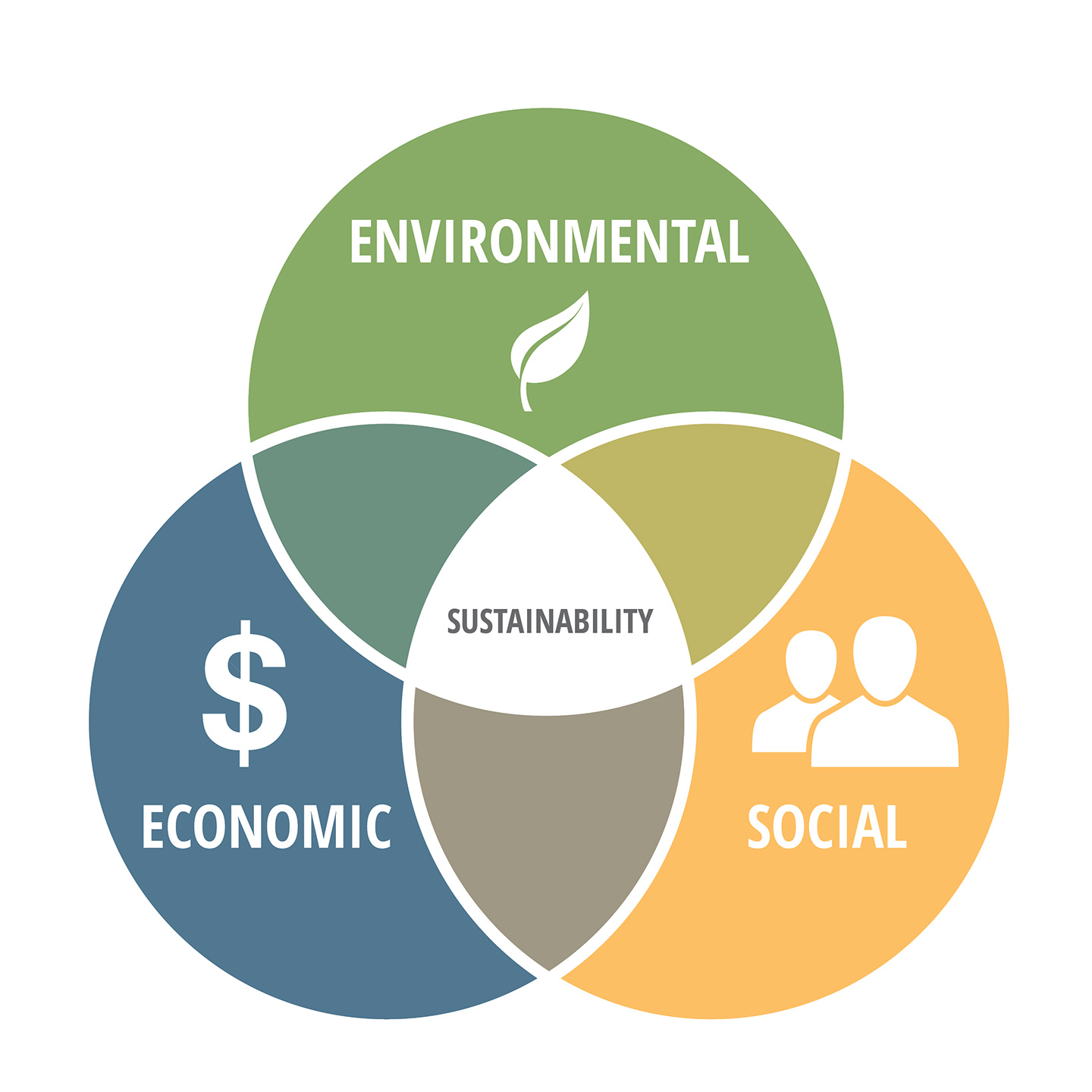We all have a responsibility to be stewards of our planet, to ensure our present wellbeing and the wellbeing of future generations. This is where sustainability comes in; living today in a way that has a positive impact on our future. At Dewberry, we take this responsibility seriously through internal commitments and by helping clients, including those in the transportation sector, become more sustainable. Fortunately, there are tools available to help set and meet sustainability goals; tools that the transportation sector has successfully employed.
Environmental Management System (EMS)
EMS, based on the ISO14001 standard, is a framework for establishing processes and practices to minimize environmental impacts. Using the Plan-Do-Check-Act model, an EMS allows for a process of continuous improvement towards meeting sustainability goals and objectives. Through the implementation of EMS, organizations are positioned to improve their operational efficiencies, better manage environmental compliance, and meet sustainability goals.
I was fortunate to have spent 11 years at the Federal Transit Administration’s (FTA) Office of Environmental Programs in Washington, D.C., leading the FTA’s Environmental and Sustainability Management Systems (ESMS) training and technical assistance program and promoting EMS to transit agencies across the country. I developed several ESMS-related resources for FTA aimed at the transit community, which also have broader applicability. The topics cover how to get started with an ESMS, how to sustain your ESMS, and best practices. Of particular note is the online self-paced “Introductory ESMS” course that FTA offers through the National Transit Institute, which introduces ESMS concepts for professionals looking to promote sustainability.

Tools are available to help us meet sustainability goals.
Envision
The Envision® rating system was developed by the Institute for Sustainable Infrastructure (ISI) to encourage sustainable, resilient, and equitable design, planning, and construction in infrastructure projects. The Envision framework consists of 64 criteria that address human well-being, mobility, community development, collaboration, planning, economy, materials, energy, water, siting, conservation, ecology, emissions, and resilience. An independent, third-party verification process is used to review projects and issue awards at four levels: verified, silver, gold, and platinum. There are tools provided for assessing projects, and training and credentialing for sustainability professionals.
We have been using and promoting Envision for our clients’ projects for over ten years. The system can be applied to new projects while they are in the design stage, as well as infrastructure project upgrades. We look for ways to incorporate resilient and sustainable practices, often using this particular rating system as a guiding framework.
Climate Action Plans
According to the U.S. Environmental Protection Agency (EPA), transportation is responsible for approximately 29% (EPA 2019 data) of U.S. greenhouse gas (GHG) emissions. Knowing this, many states and transportation agencies have developed climate action plans to set emission reduction goals. For example, the New Jersey Department of Environmental Protection (NJDEP) encourages municipalities to develop climate action plans by offering them resources. These formal commitments help agencies set policies and create programs to meet emissions targets and communicate progress. Recognizing the unique role that transit plays, the American Public Transportation Association (APTA) developed a set of Guidelines for Climate Action Planning for transit agencies. The guidelines provide methods and factors that should be considered in the plan development process. Further, FTA recently launched the Sustainable Planet for a Healthy Planet challenge, to encourage and provide resources for transit agencies to develop climate action plans. Transit agencies are called to set GHG emission reduction targets and develop strategies with measurable goals.
Operating sustainably presents challenges. Challenges that we all face and challenges that are tackled daily. The tools and solutions are at our disposal. Tools, that if we chose to employ, can help to build a sustainable and equitable future. ”
Antoinette Quagliata
Operating sustainably presents challenges. Challenges that we all face and challenges that are tackled daily. The tools and solutions are at our disposal. Tools, that if we chose to employ, can help to build a sustainable and equitable future. I am fortunate to have joined Dewberry, a firm that places a priority on this mission, to help shape and advance these efforts.